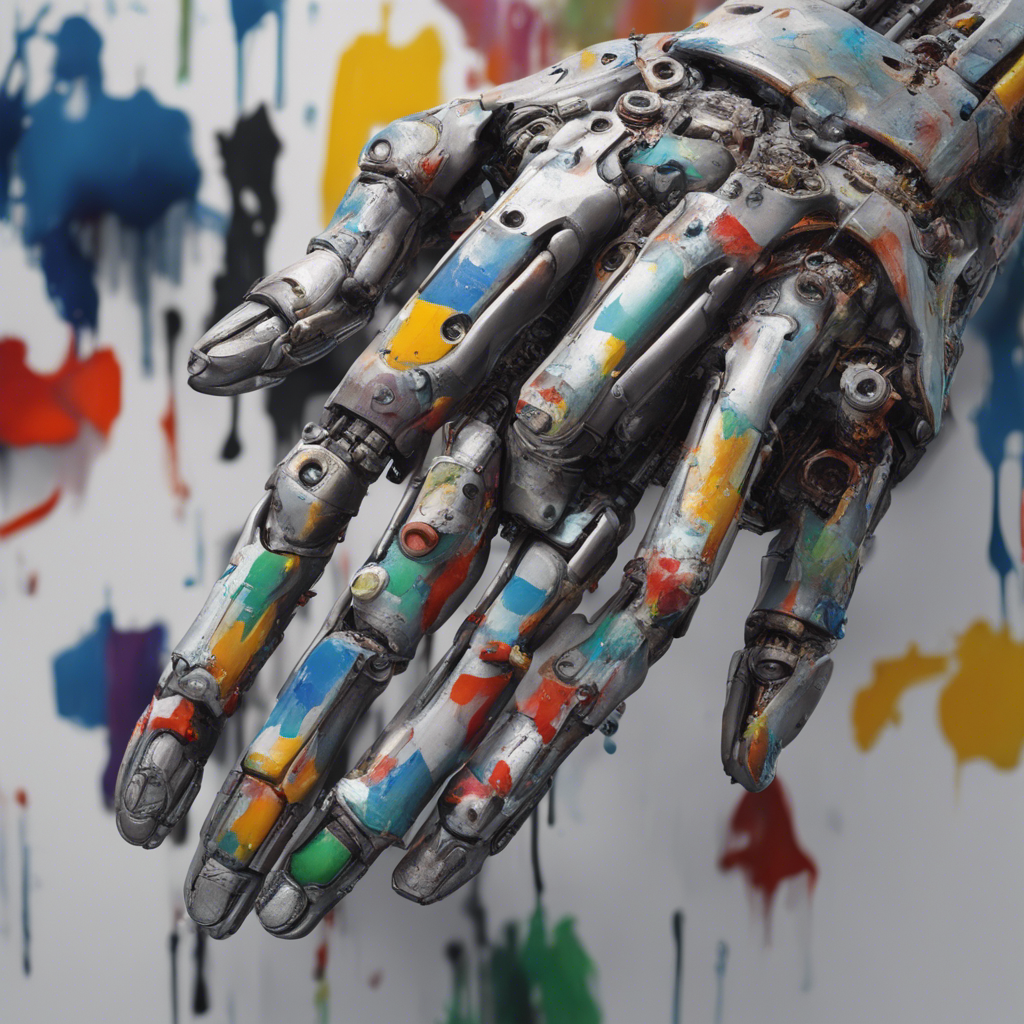
NLP in Action: How Machines Understand Human Language
Introduction
In today’s digital age, machines are becoming more intelligent and capable of understanding human language. Natural Language Processing (NLP) is the subfield of artificial intelligence (AI) that focuses on the interaction between computers and human language. It enables machines to understand, interpret, and respond to human speech or text, bringing about a myriad of practical applications in various industries.
In this blog post, we will delve into the fascinating world of NLP and explore how machines use different techniques to understand human language. So, let’s dive right in!
The Basics of Natural Language Processing
At its core, NLP aims to bridge the gap between human language and machine understanding. It involves a series of computational techniques and algorithms that process, analyze, and derive meaning from textual or spoken data.
The NLP pipeline typically encompasses the following key steps:
- Tokenization: Breaking down textual data into smaller chunks, such as words or sentences.
- Text Normalization: Converting words into their base or root form (lemmatization or stemming) and dealing with capitalization or punctuation.
- Part-of-Speech (POS) Tagging: Identifying the grammatical properties of words, such as nouns, verbs, or adjectives.
- Named Entity Recognition (NER): Identifying and categorizing proper nouns, such as names of people, places, organizations, or dates, within a given text.
- Parsing and Syntactic Analysis: Analyzing the grammatical structure of sentences to understand the relationships between words.
- Semantic Analysis: Extracting the meaning, intent, and sentiment conveyed by the text.
- Machine Learning Techniques: Utilizing various AI algorithms to train models that understand and generate human language.
Machine Learning in NLP
Machine learning (ML) plays a crucial role in enabling machines to understand human language. By learning from vast amounts of text data, models can develop language understanding capabilities beyond predefined rules.
Word Embeddings
One of the fundamental breakthroughs in NLP is the development of word embeddings. Word embeddings are vector representations of words in a high-dimensional space. These embeddings capture semantic relationships between words and enable machines to understand the contextual meaning of words within a given text.
Popular word embedding models, such as Word2Vec and GloVe, learn these representations by training on large corpora of text. The resulting word vectors can then be used as input features for various NLP tasks like sentiment analysis, language translation, and question-answering systems.
Recurrent Neural Networks (RNNs)
Recurrent Neural Networks (RNNs) are a class of neural networks often used in NLP due to their ability to process sequential data. RNNs can capture the contextual information and dependencies within a sentence by maintaining an internal memory that stores information from previously seen words.
Long Short-Term Memory (LSTM) and Gated Recurrent Units (GRU) are popular variations of RNNs that address the vanishing gradient problem and enable better modeling of long-range dependencies in text.
Transformers
Transformers have revolutionized NLP with their attention mechanisms and self-attention mechanism called the Transformer model. Transformers excel in capturing global dependencies in text and have become the backbone of many state-of-the-art NLP models, including language translation and question-answering systems like BERT (Bidirectional Encoder Representations from Transformers).
The attention mechanism of Transformers allows them to focus on relevant words or phrases within a sentence, improving language understanding and generating coherent responses.
Practical NLP Applications
NLP finds extensive applications across various industries, offering valuable insights and automation possibilities. Let’s explore a few practical use cases:
Chatbots and Virtual Assistants
Chatbots and virtual assistants are perhaps the most common application of NLP. These intelligent systems can understand and respond to natural language queries, providing valuable assistance in customer support, information retrieval, and automation of routine tasks.
Sentiment Analysis
NLP techniques enable sentiment analysis, where machines can extract opinions, emotions, and attitudes expressed in textual data. This analysis proves crucial for understanding customer opinions, conducting brand monitoring, and making data-driven business decisions.
Machine Translation
NLP has revolutionized machine translation, making it more accurate and reliable. Neural machine translation models, powered by Transformers, have significantly improved the quality of automated translations, bridging the language barrier between different cultures and enabling seamless global communication.
Document Summarization
NLP techniques, such as text summarization, help in automatically generating concise summaries of lengthy documents. This capability proves highly useful in reducing information overload and facilitating quick comprehension of large volumes of textual data.
Conclusion
Natural Language Processing has unlocked new frontiers in the realm of machine understanding of human language. Through the advancements in machine learning techniques like word embeddings, RNNs, and Transformers, machines can now comprehend, interpret, and respond to human speech or text with increasing accuracy and sophistication.
As NLP continues to evolve, we can expect to witness even more powerful applications in areas like healthcare, legal analysis, sentiment analysis, and automated content generation. The potential for NLP to transform how we interact with machines and make sense of the vast amount of textual data at our disposal is truly remarkable.
References:
- Jurafsky, D., & Martin, J. H. (2018). Speech and Language Processing: An Introduction to Natural Language Processing, Computational Linguistics, and Speech Recognition (3rd ed.). Stanford University.
- Mikolov, T., Sutskever, I., Chen, K., Corrado, G. S., & Dean, J. (2013). Distributed representations of words and phrases and their compositionality. In Advances in neural information processing systems (pp. 3111-3119).
- Vaswani, A., Shazeer, N., Parmar, N., Uszkoreit, J., Jones, L., Gomez, A. N., … & Polosukhin, I. (2017). Attention is all you need. In Advances in Neural Information Processing Systems (pp. 5998-6008).






